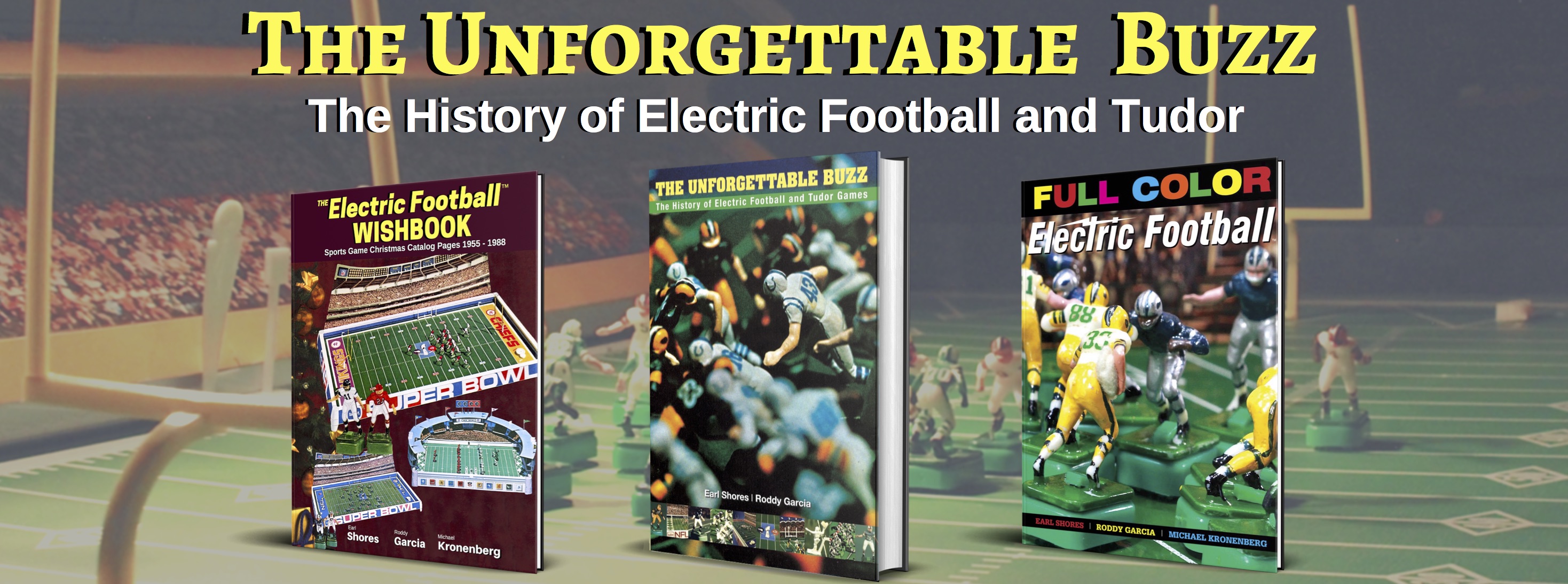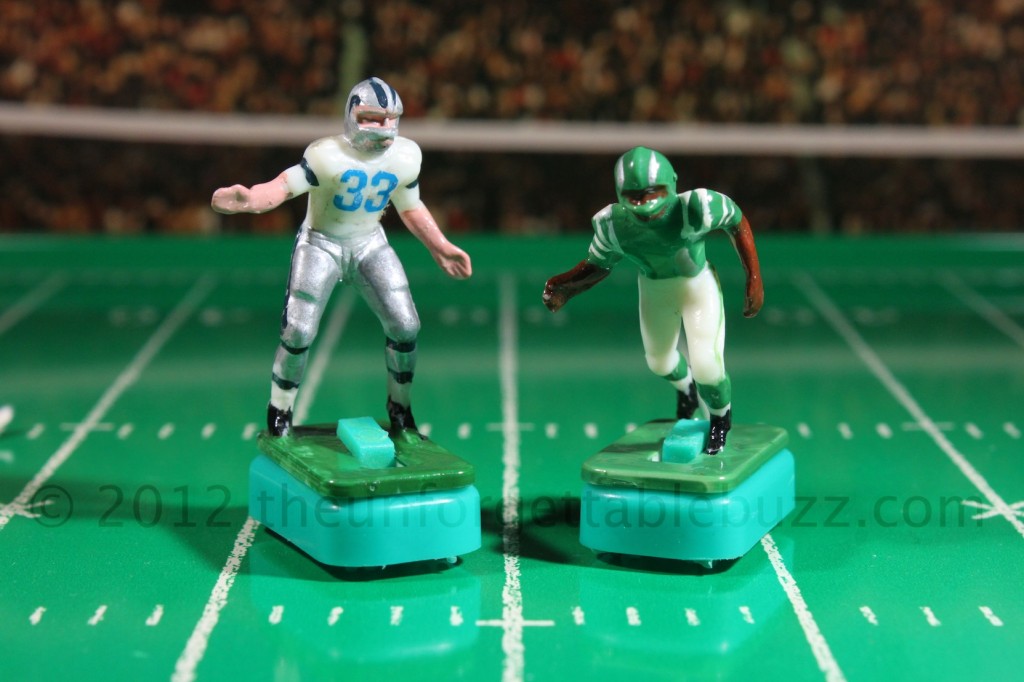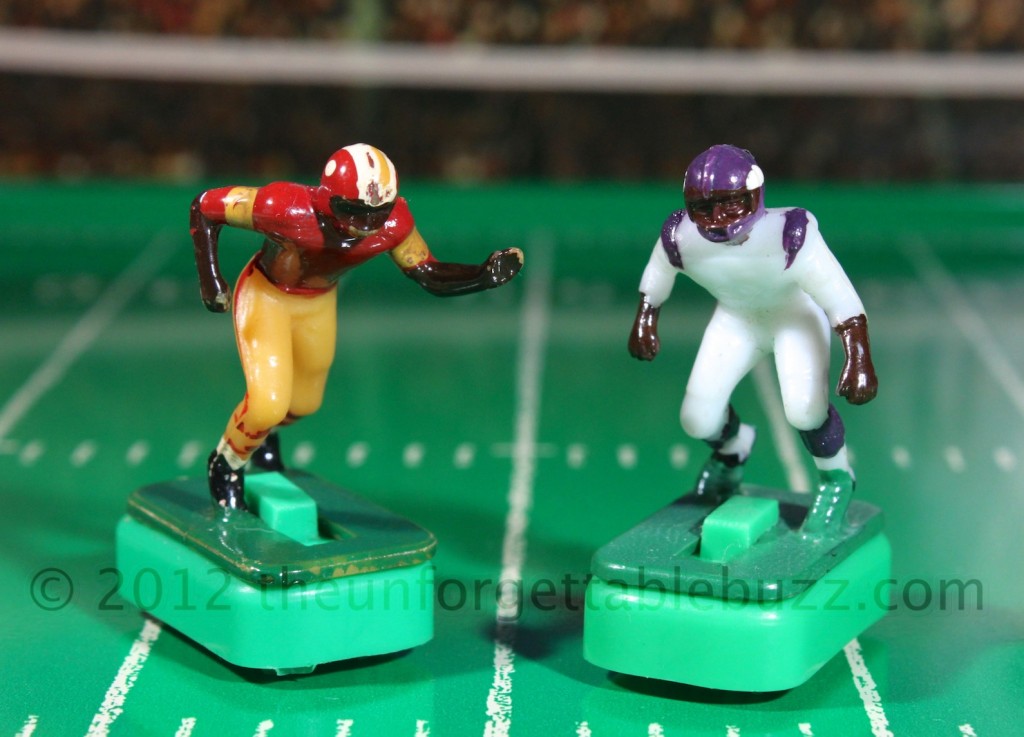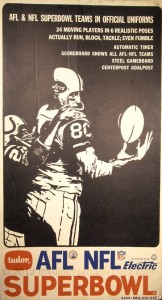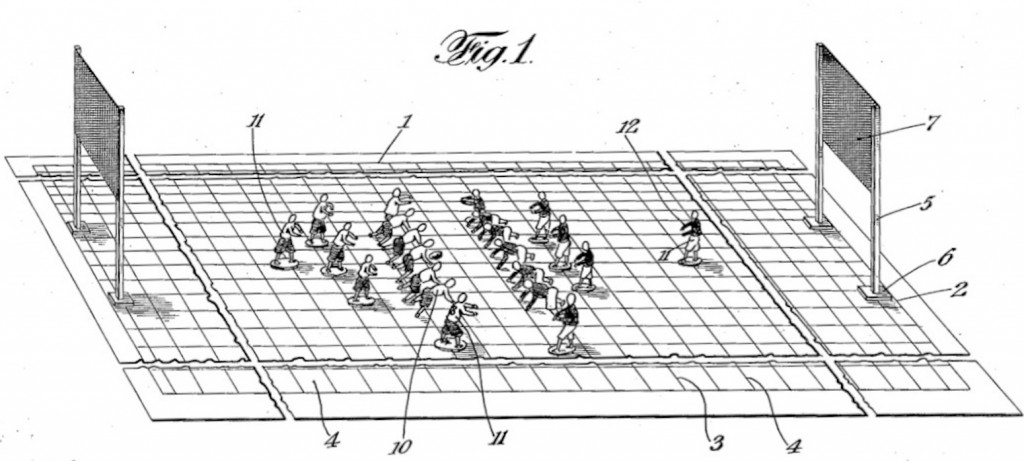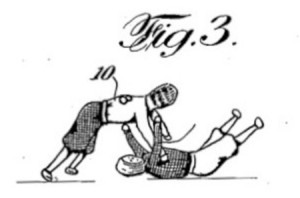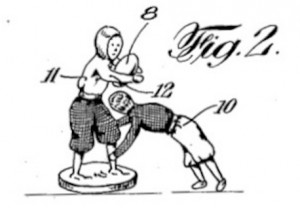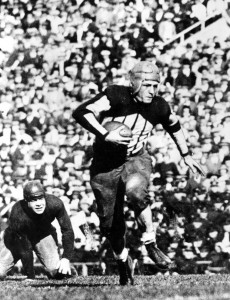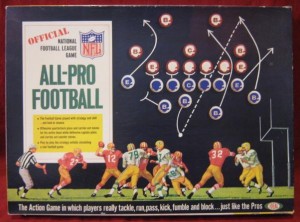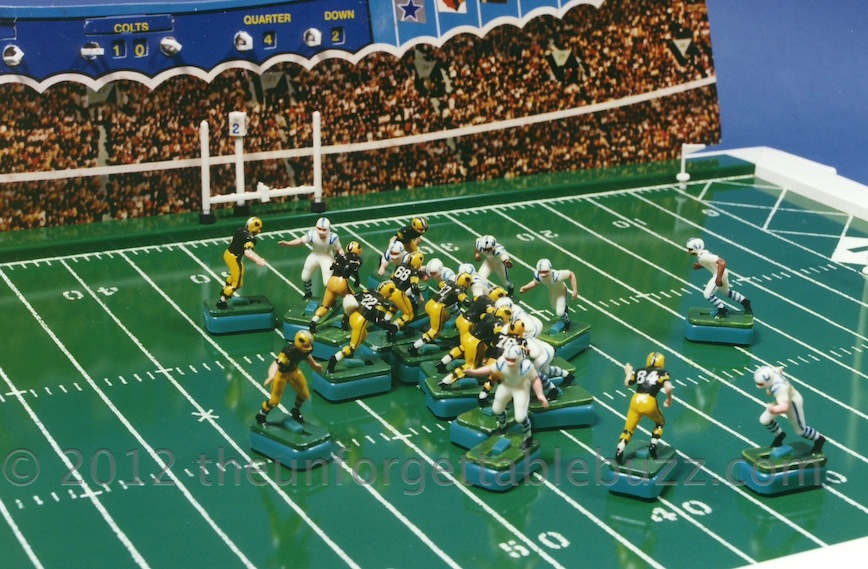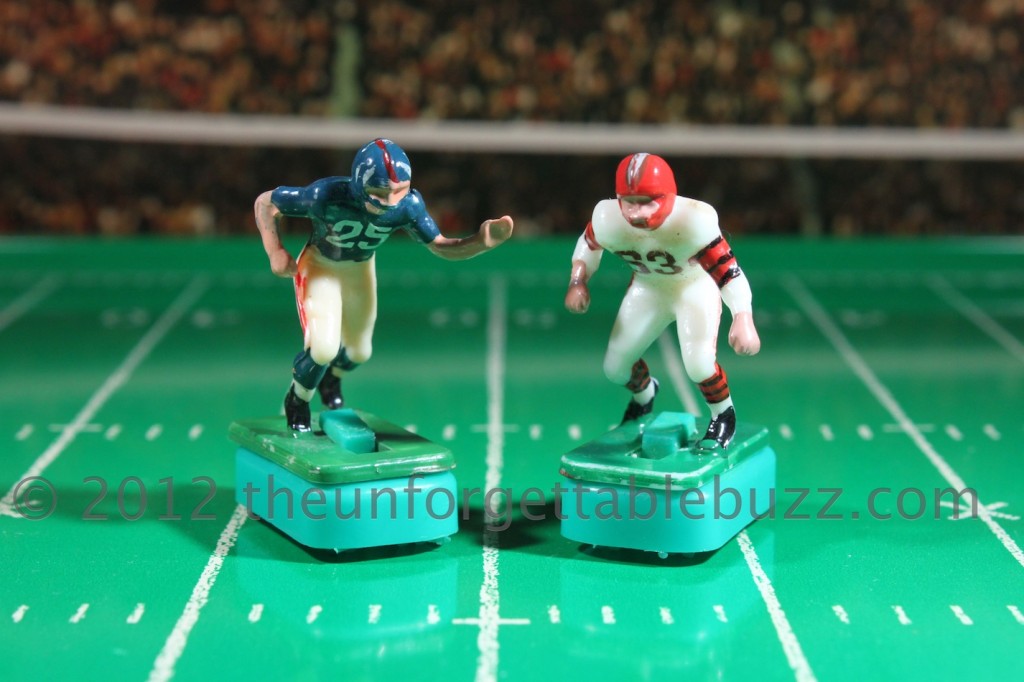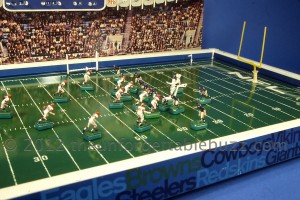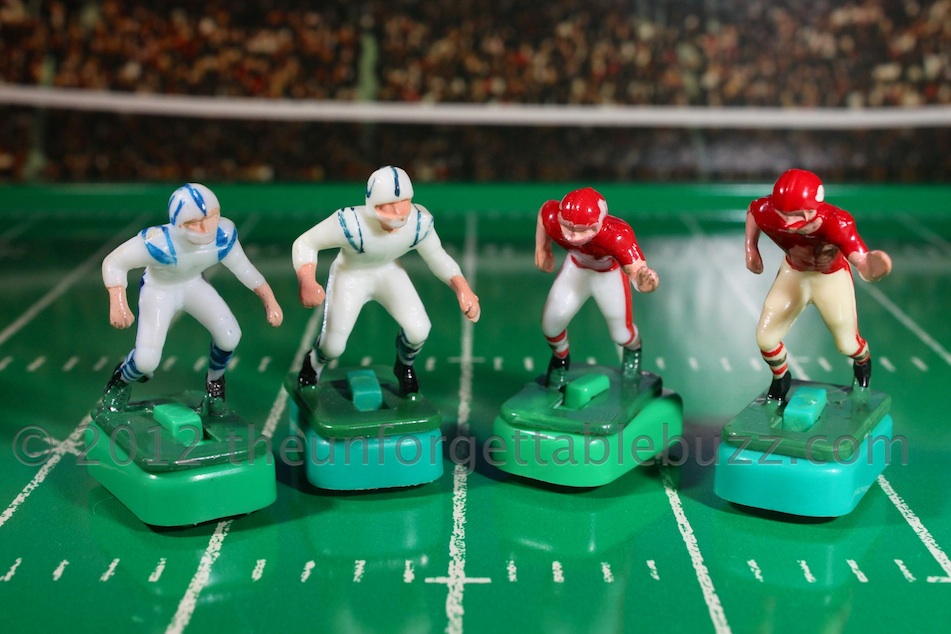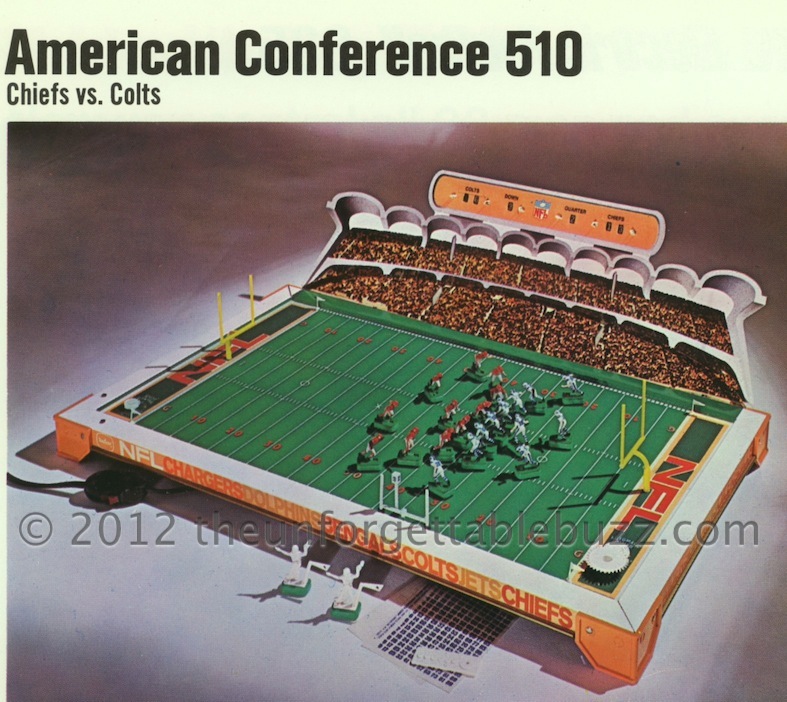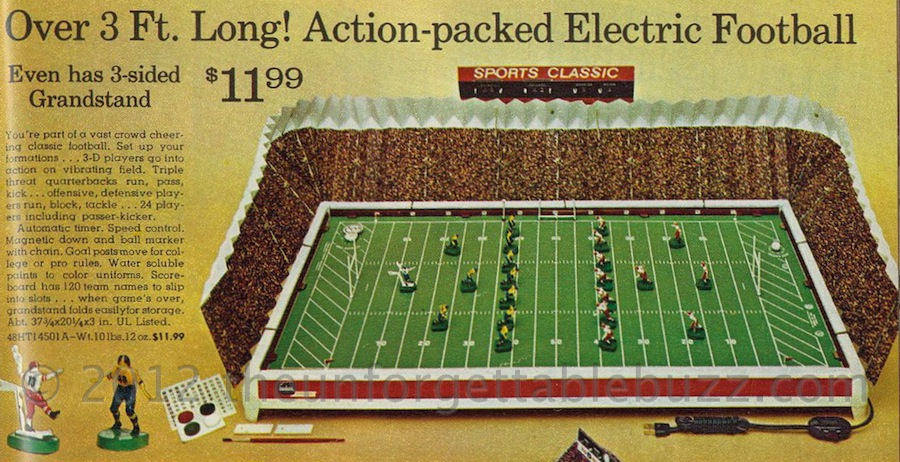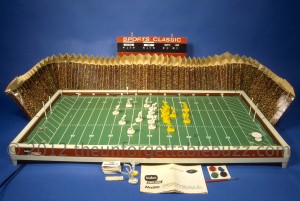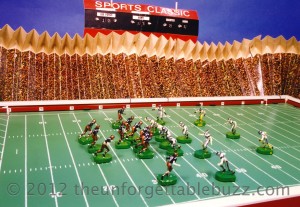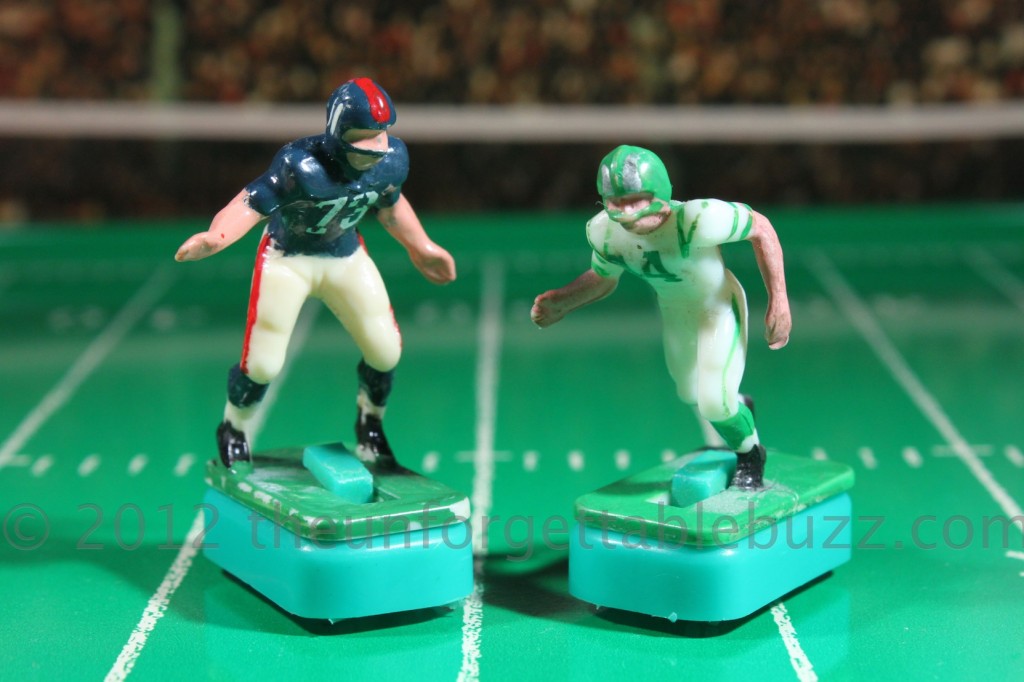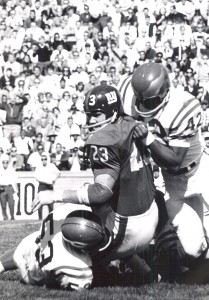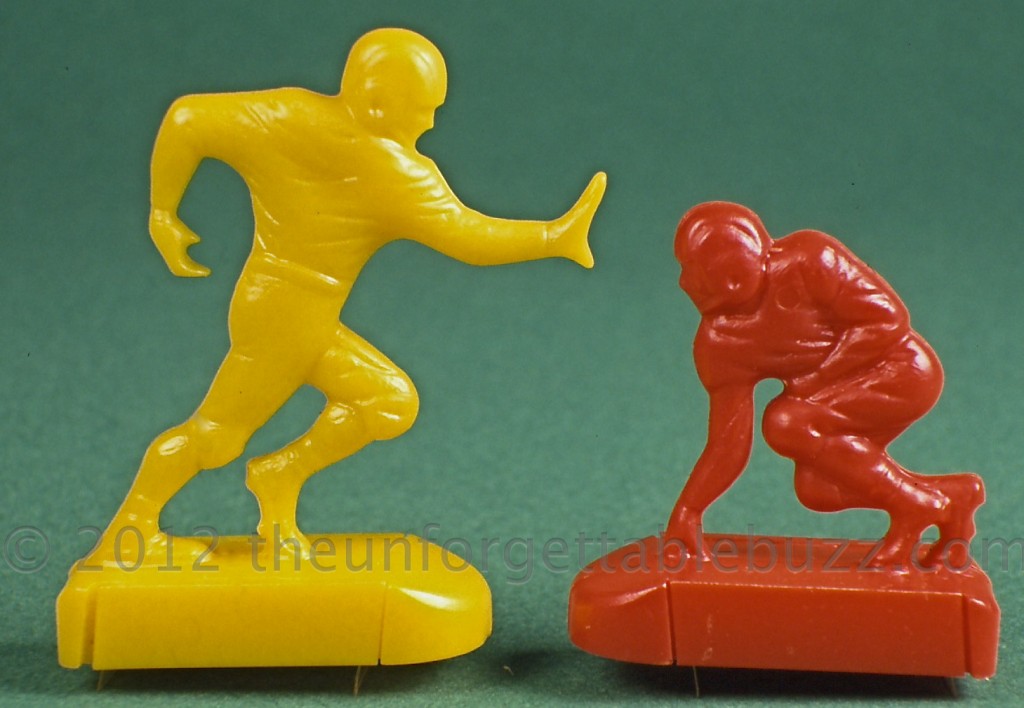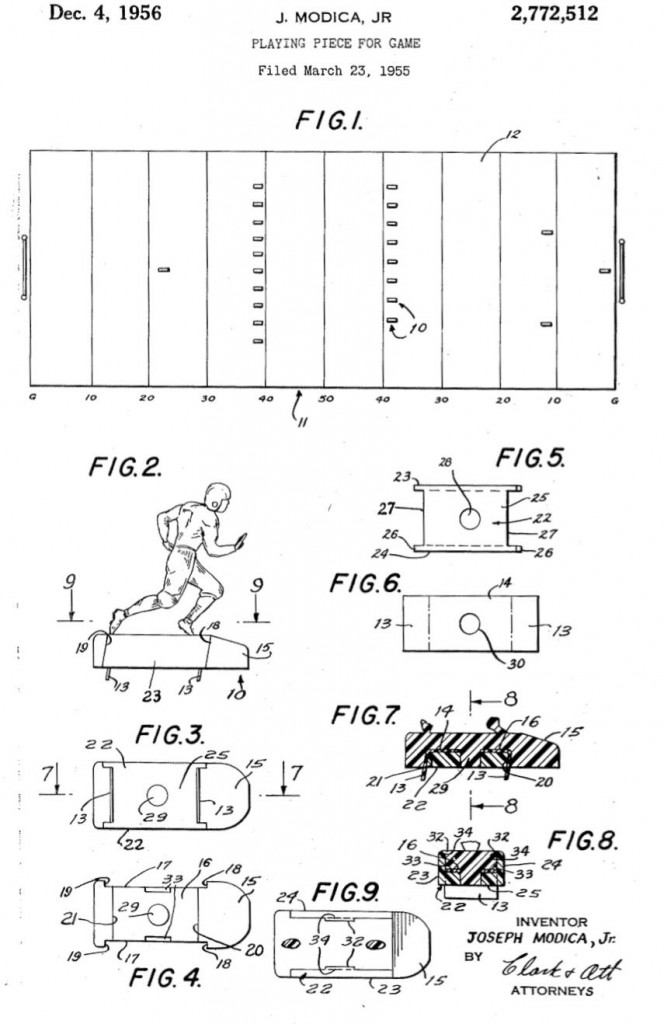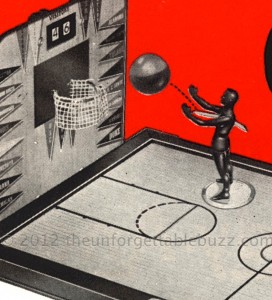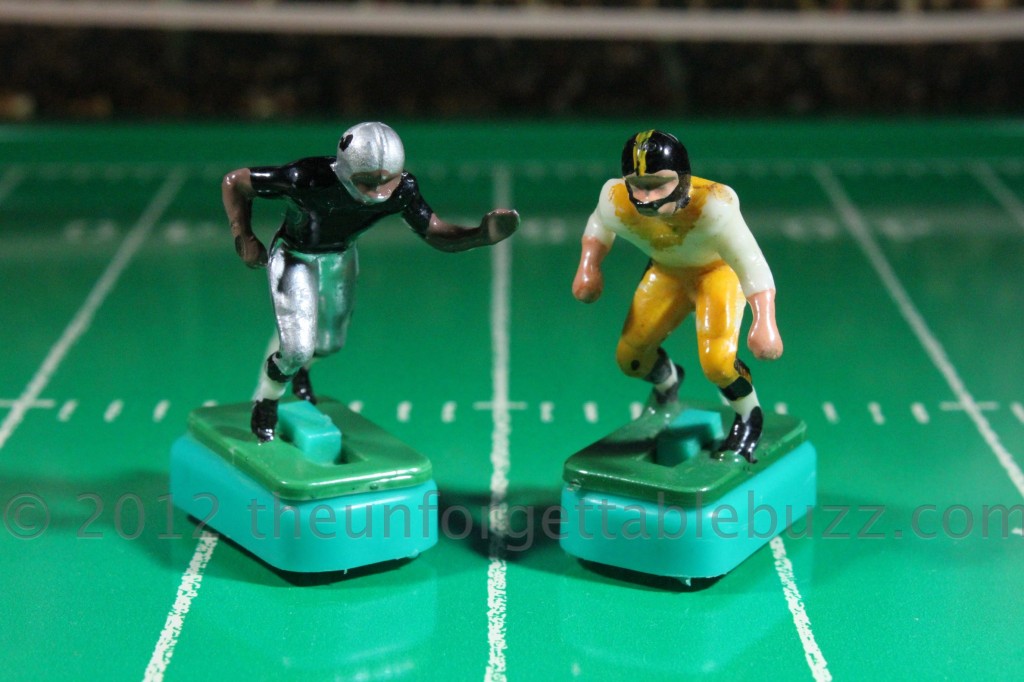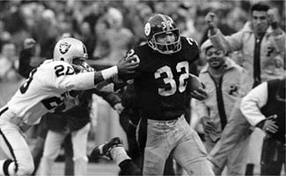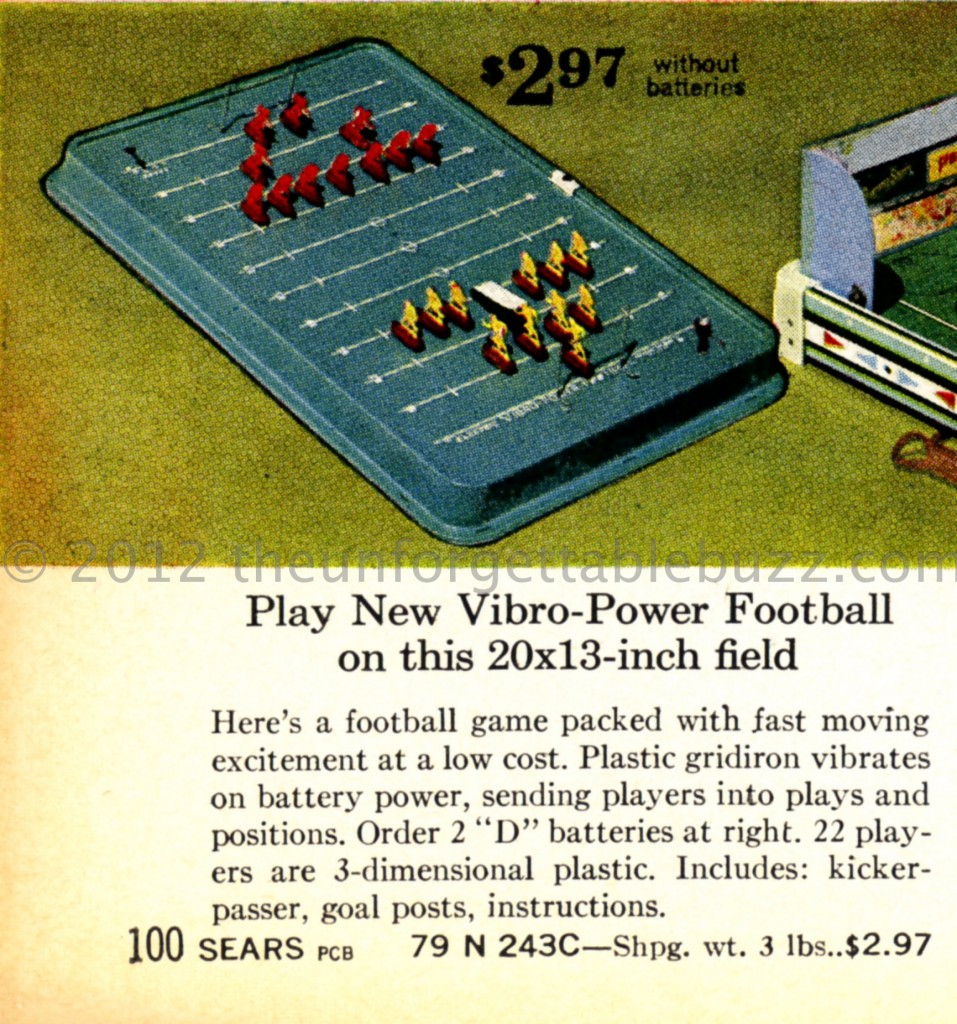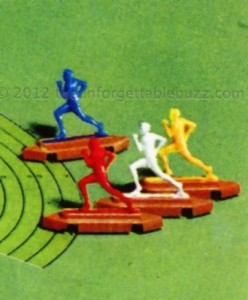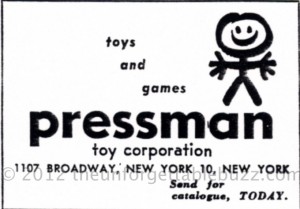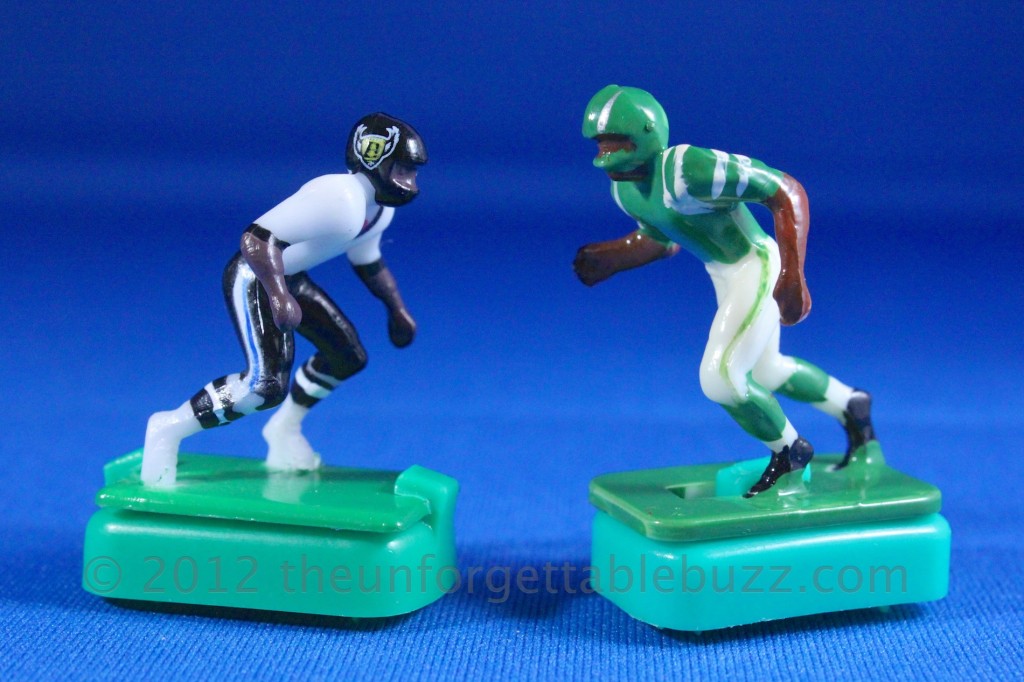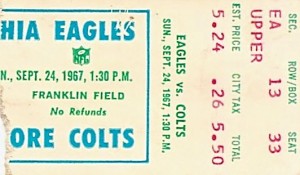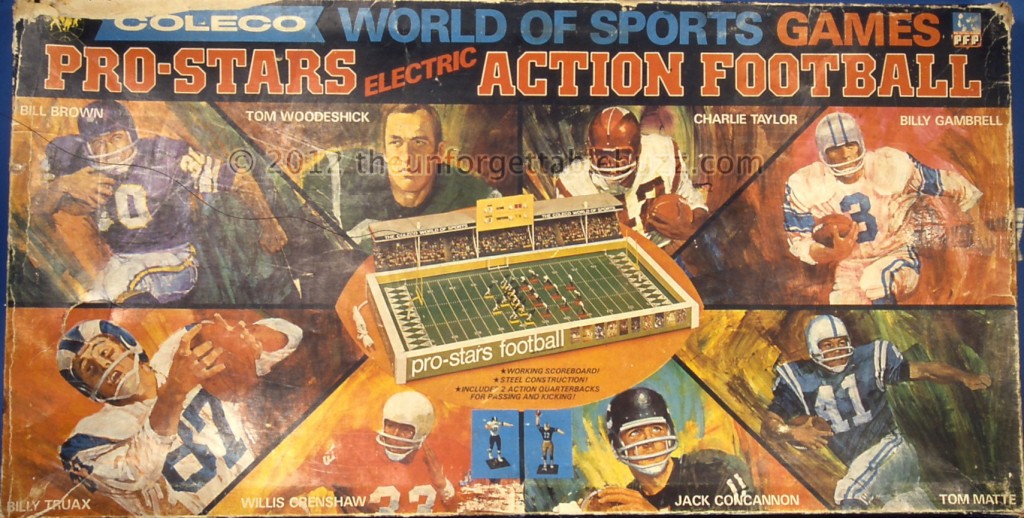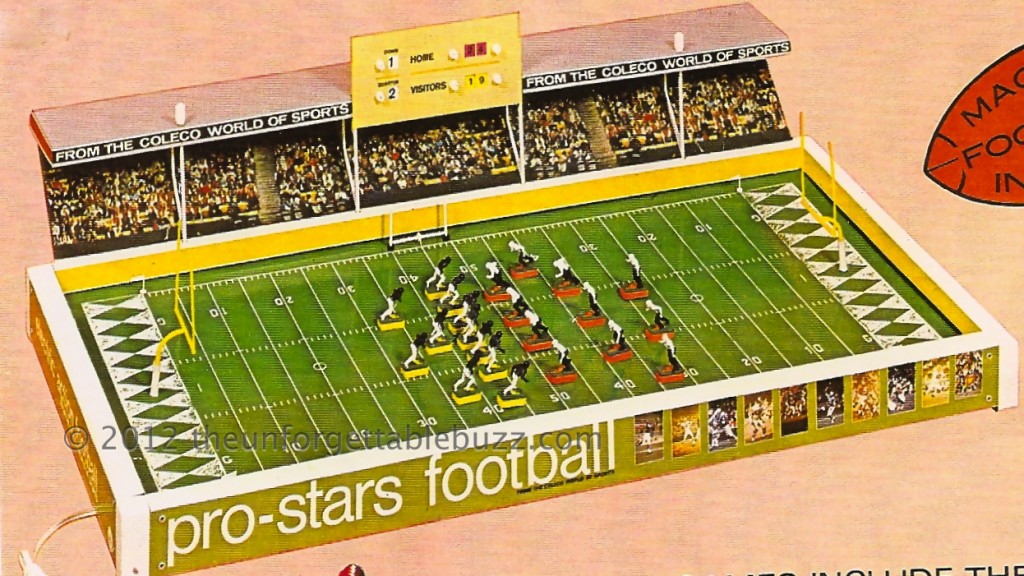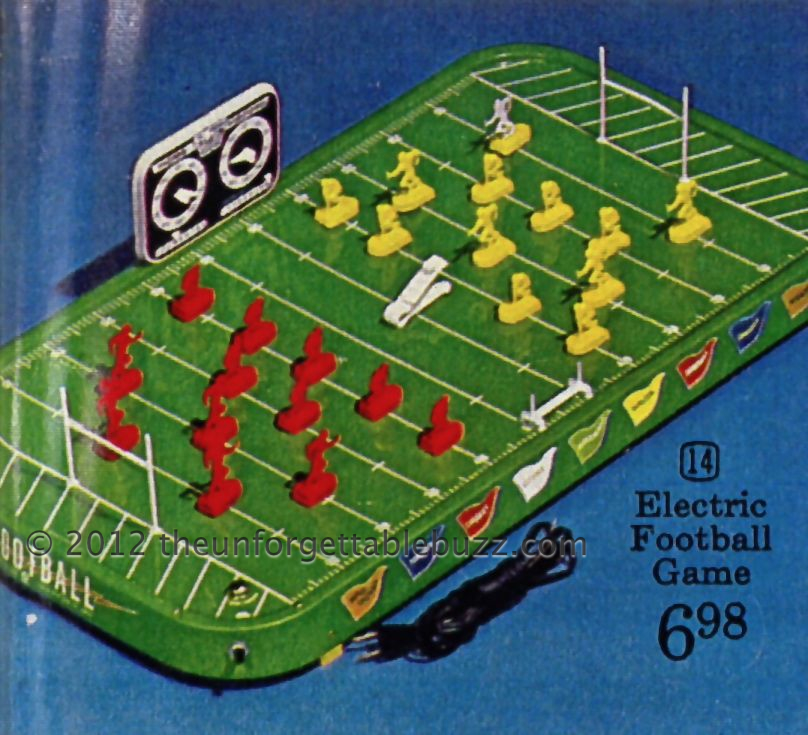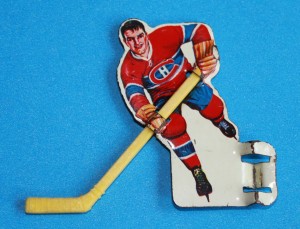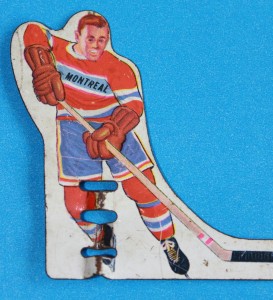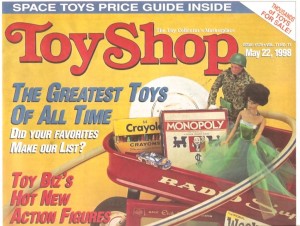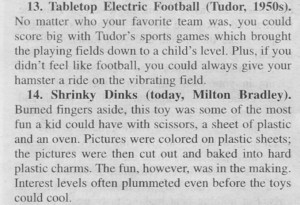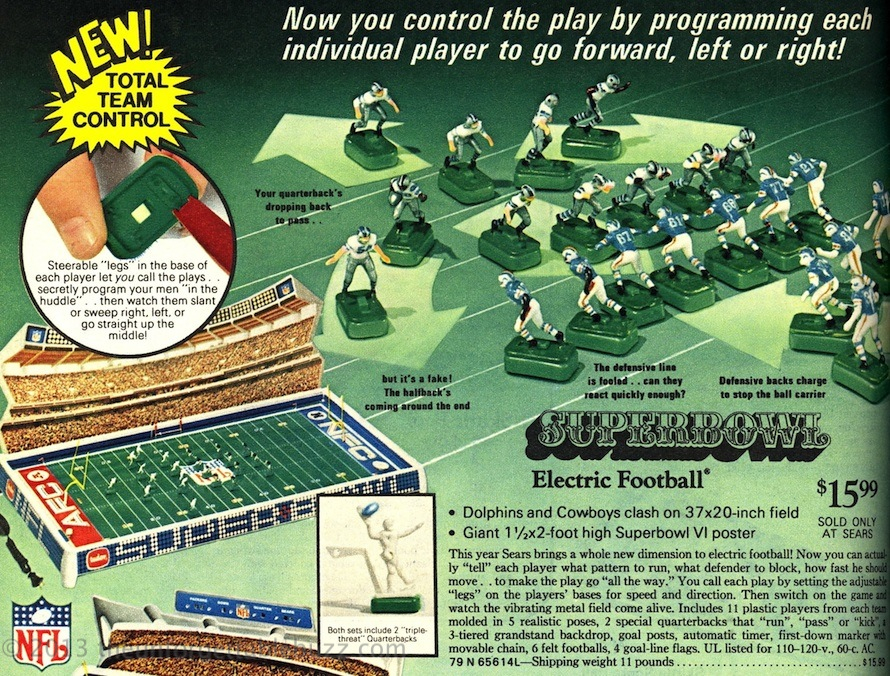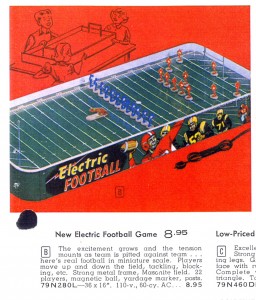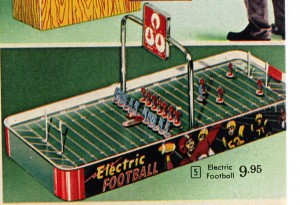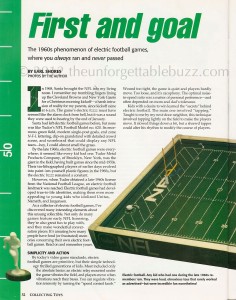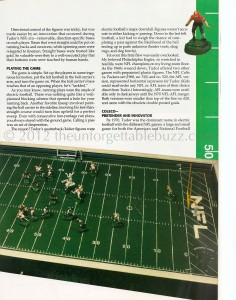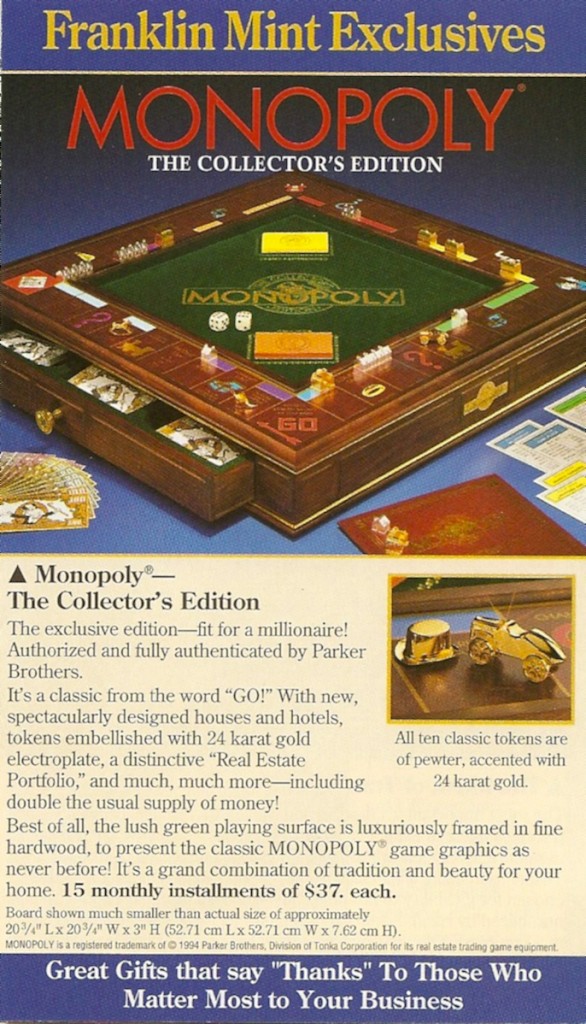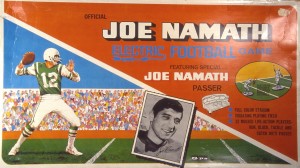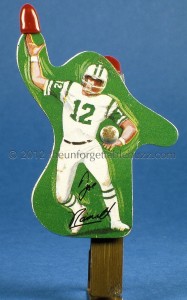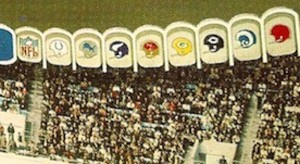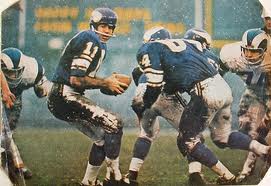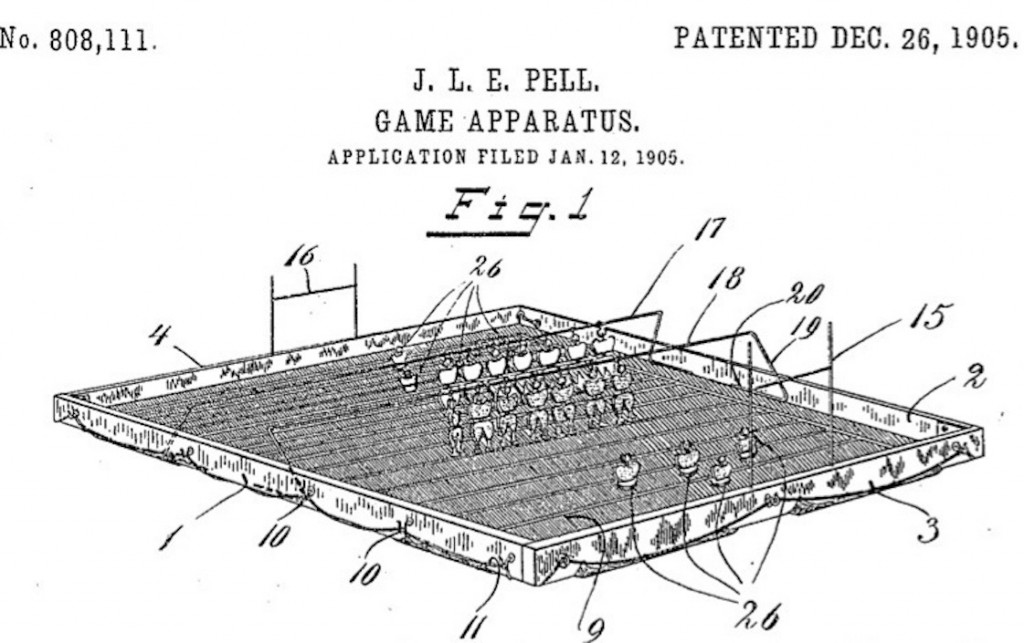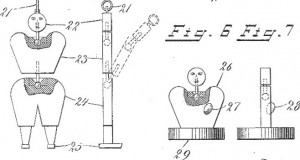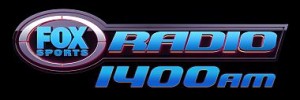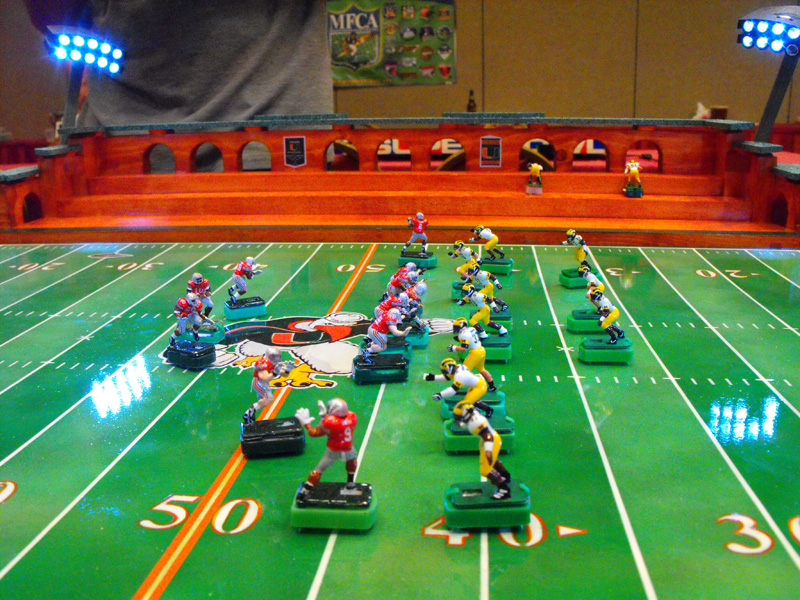Back in early September I picked the Eagles and the Lions as the matchup for Week 6. This was done partially from a “home” perspective, but also because I still have my originals of these teams, even down to the colors they are wearing this Sunday. (According to the Eagles team web site, they will be wearing green.)
But it seems even more fitting to have the Lions this week with the recent passing of Alex Karras. We are losing more and more players from the “golden era” of the NFL, and their contributions to pro football are being forgotten. That Mr. Karras is not in the Hall of Fame is something the NFL veterans committee should reconsider.
Both teams in the photo are big teams, and beautifully done. This Lions team has some of largest of large men I’ve ever seen. In fact, at one of the electric football conventions I attended somebody offered me $75 for the Lion player in the photo. As my original, I couldn’t let him go (no regrets).
The Eagles of this period do not conjure fond memories – unless they are on an electric football game. Then anything is still possible. In real life it seems the jury is still out on both of these teams. Sunday should reveal more. Are they are good teams who are struggling? Or is this just not the year of the Eagle or the Lion?
The Vikings and Redskins are for our resident Vikings’ fan, Roddy. The Vikes have to be considered one of the surprise teams so far. Did anybody have them at 4-1 this far into the season?
These teams are both Hong Kong in variety, with Redskins being a more recent vintage than the Vikings. The Redskins are from that period when Tudor started using yellow players for teams like the Packers, Steelers, Redskins and Rams.
Also meeting this weekend are the Jets and Colts. These teams have met many, many times as they were division rivals in the AFC East from 1970-2001. But it seems worthy to at least mention the matchup, and briefly take it back to their first meeting in 1969.
Our designer Michael Kronenberg is a die-hard Jets fan. He will be doing the picks for Week 7. And he’s done some really amazing work with the book. It’s a very exciting time behind the scenes right now, sort of like Christmas morning. The Unforgettable Buzz will tell the story of electric football as it deserves to be told. It will be worth the wait.
Earl
